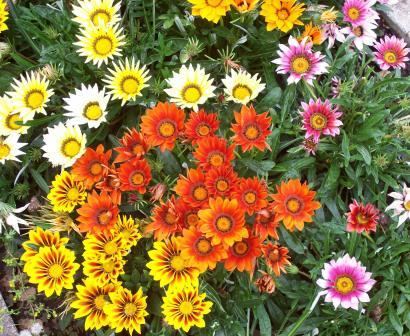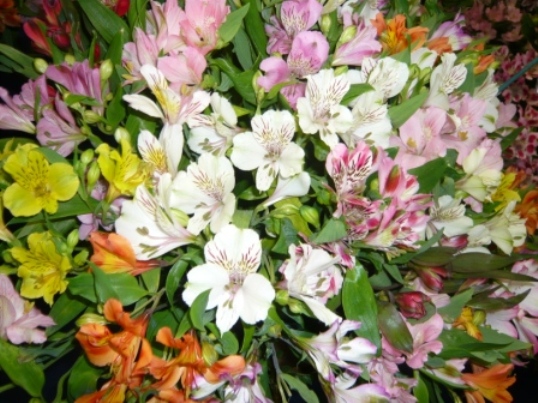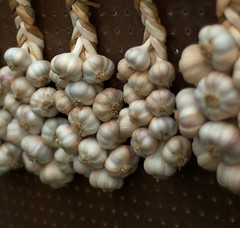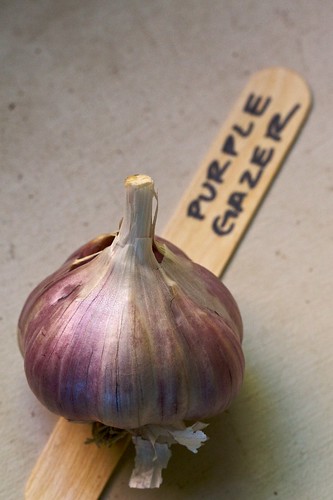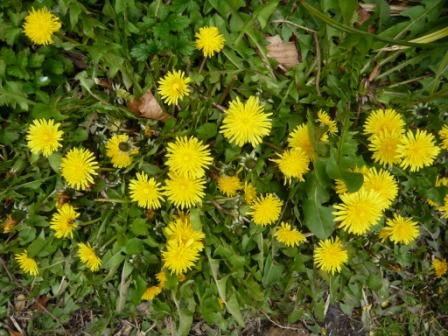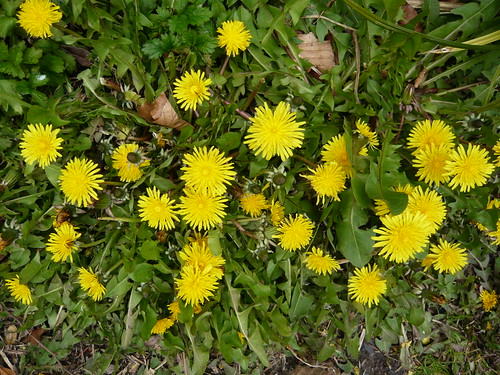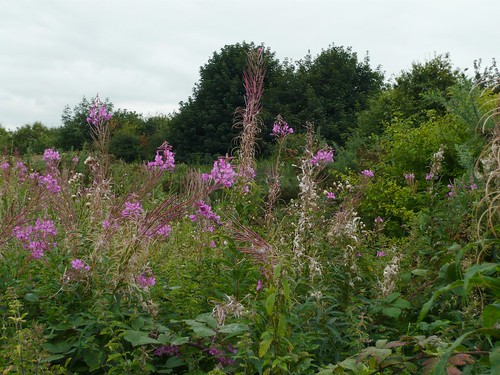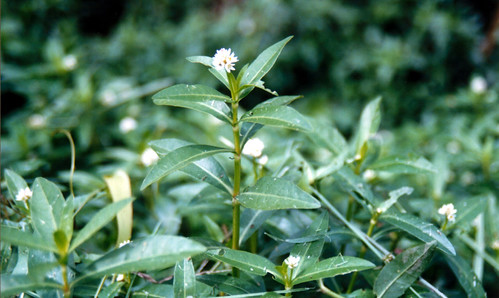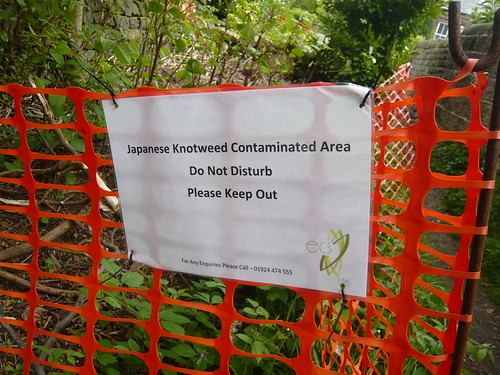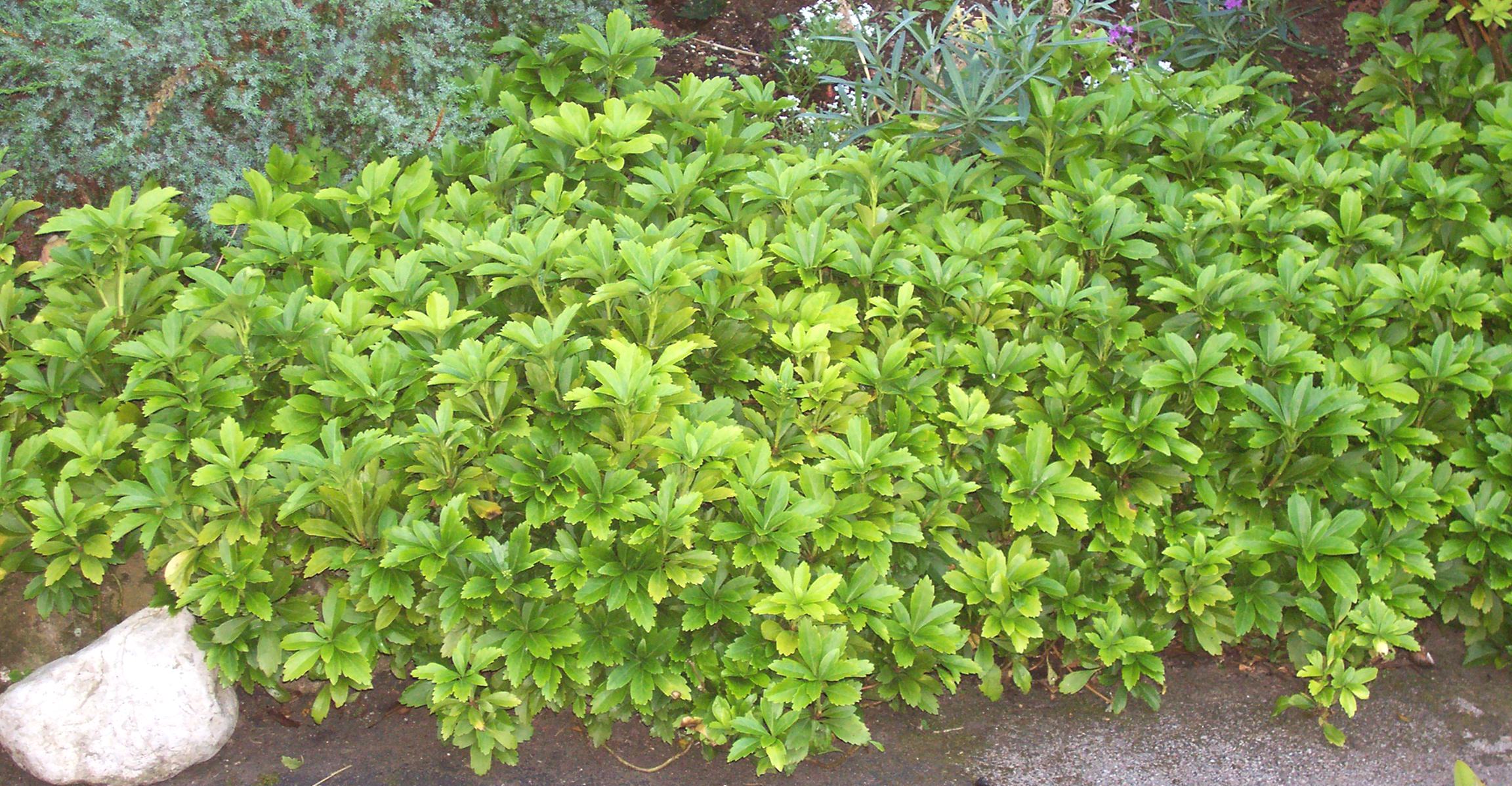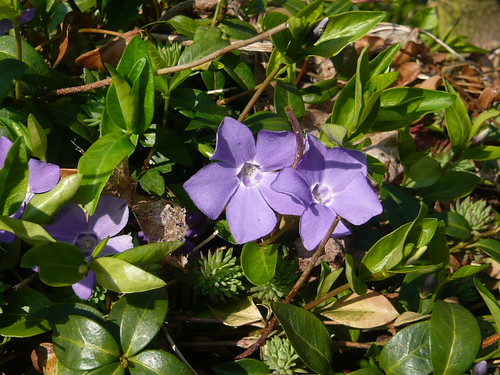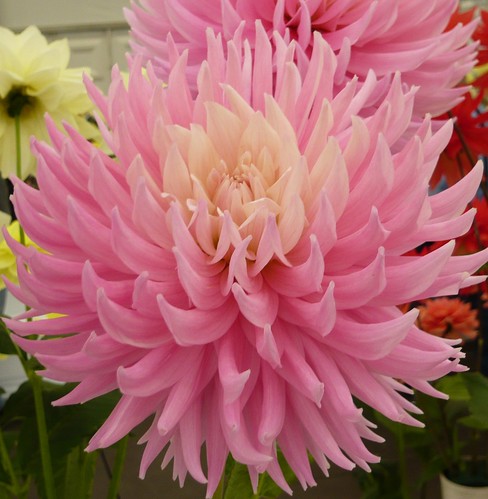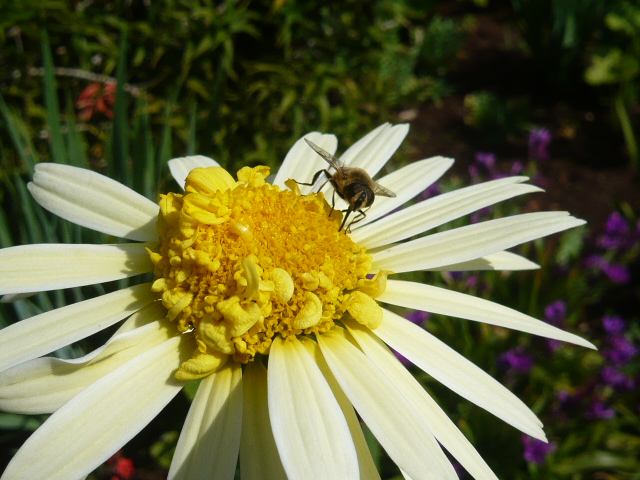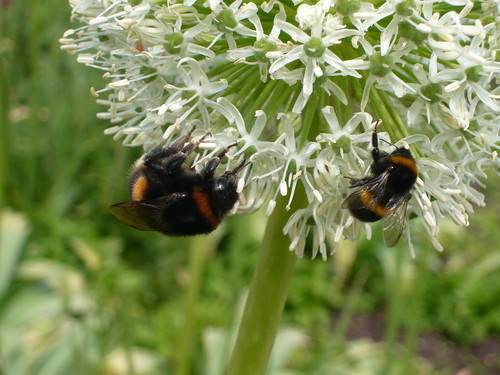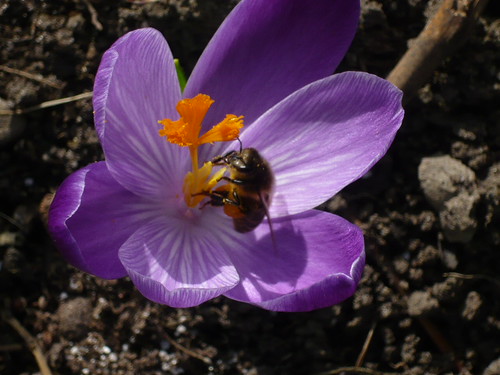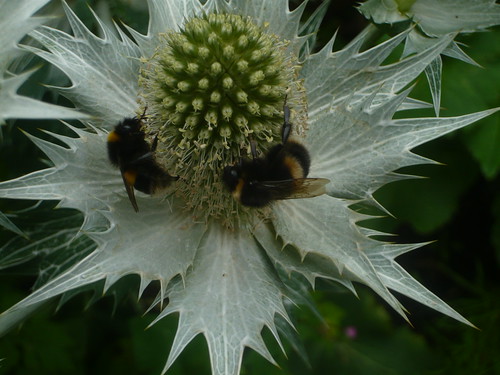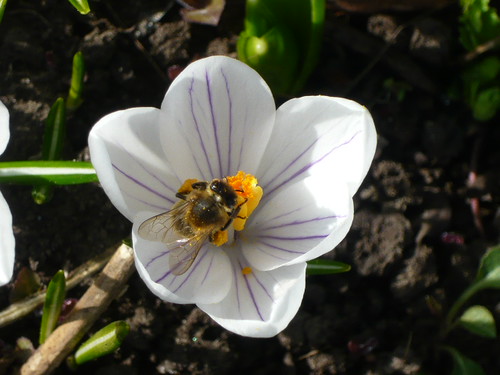Tips for Growing Gazania
Gazanas are brightly coloured flowers that are easy to grow on dry sunny sites. Many of the plants flower with a striped effect on the petals that open to resemble a 6 inch daisy. The leaves are a narrow grey-green or silvery and the plants grow 6-10 inches tall.
Choose the right variety. Seed is available in a range of varieties like Mini-star White, Tiger Stripes and the Kiss seriessuch as the ‘Kiss Rose’.
Harlequin are slightly larger, growing to 15†tall spreading 18†and come in a mix of colours.
How to Grow Gazania. If buying plants choose healthy well formed clumps of lower leaves. You can buy when at least one flower is open so you have an idea of the colour you are buying but a mix of hot oranges, yellows and reds is quite popular. If you grow from seed, sow 8 weeks before the last frost is expected and keep in the warm, then gradually acclimatise them outdoors.
Whilst the plants may survive British winters, you could take cuttings in Autumn and protect from frost, however, I would treat them as annuals. The plants produce lots of flowers but you can deadhead (cut off faded flowers) to encourage more blooms.
Where to Grow. Gazania is a bright filler plant for in between shrubs or any hot dry part of the garden. They grow happily at the seaside as they are not affected by salty air. Sandy, well drained soil, that Gazanias get in there native South Africa, is best. They are  also fine for window boxes, tubs or planters and can survive if you occasionally forget to water them.
The flowers are borne on short stems making them excellent for windy sites.
Aka the Treasure Flower, Gazania have delicately cut, silvery-white foliage which makes the plant a pleasure  with the bright blooms, opening in the sun and closing at night.
I have cheated for 2015. I have just bought a pot of germinated seedlings from our local garden centre. For £2.99 I got and pricked out 40 plants which I will grow on until May before planting out.
Useful Links
